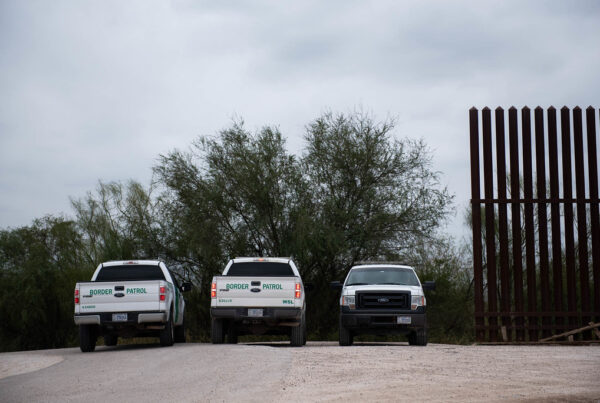From the American Homefront Project:
The humid heat was just one obstacle for a group of Marines operating a remote landing strip in rural eastern North Carolina. The small contingent from Marine Air Station Cherry Point spent two weeks in August in the field fueling aircraft as part of a major exercise designed to prepare troops for global warfare.
They found broken equipment and experienced a shortage of some helicopter parts, but overall they were able to accomplish their goal – coordinating with the USS New York positioned off the Atlantic coast.
“This is simulating if we needed to, that the aircraft could come forward,” said Col. Ginger Beals, the Commanding Officer of Combat Logistics Regiment 2. “They could refuel. Then they could deploy with them into whatever is needed.”
The training – called Large Scale Exercise 2023 – was only the second time the Navy and Marine Corps have trained together at the global level. Spanning 22 time zones, it involved 25,000 sailors and Marines and dozens of ships – some working virtually, others stationed around the world.
Lt. Gen. Brian Cavanaugh said for the Marines, it’s a chance to reconnect with the Navy.
“For the last two plus decades, the nation has asked us to be in other places – think Iraq and Afghanistan,” Cavanaugh said. “Those cross boundary issues are still the same for us, and just getting back to our naval roots.”
The concept of the exercise is to distribute forces across miles of ocean and then coordinate an attack. Hubbed out of Fleet Forces Headquarters in Norfolk, the exercise includes top Navy commanders including Adm. Stuart Munsch, the commander of U.S. forces in Europe, and Adm. Samual Paparo, who heads the Pacific Fleet.
“We have a responsibility and a duty to be able to respond globally to threats and vulnerabilities, to peer adversaries and competitors,” said Fleet Forces Commander Adm. Daryl Caudle. “And the only way you get great at that is by practicing. And you got to practice it at the highest levels.”
The Navy wants to test how it can handle at least two major threats at the same time. In the last few years, the Navy and Marines have issued a number of new strategies for handling the rise of China and ongoing issues with Russia, as the U.S. spends fewer resources on the Middle East.
“Against a peer competitor that we’re talking about, all the fights are going to be global, and so we’ll be completely shooting behind the duck if we try to just regionalize the type of the strategic competitors that we’re talking about,” Caudle said.
The Navy has often been on the sidelines during the 20 years of desert war, and critics charge that it still has a Cold War strategy for dealing with global threats, such as China’s threats to invade Taiwan.
In the rush to change that, Melanie Sisson with the Brookings Institution told Congress in February that the U.S. should rely on diplomacy just as much as the military.
“We do need to be ready militarily, and yet this is a strategic level competition, and the best thing we can do is to remember that this is not a military competition,” Sisson testified. “The military is part of it, but it’s a strategic competition with a military element.”

Though the USS Eisenhower was in Norfolk during the exercise, its crew participated in a simulation that placed the ship off the coast of Europe.
Steve Walsh / American Homefront
To make Large Scale Exercise 2023 more global than the first such exercise two years ago, the Navy relied even more heavily on virtual simulations.
The USS Eisenhower participated, even as it sat pierside in Norfolk finishing up a maintenance cycle. As contractors re-coated the aircraft carrier’s flight deck, the command center below deck simulated a situation in which the carrier strike group was somewhere off the coast of Europe.
“Fundamentally, nothing is different about what we’re doing here, whether we’re at sea, in port for training or anything else,” said Commander Alex Voeller, the battle watch captain. “The only real difference is where the information is coming from, whether it’s our own sensors or other sensors ashore. It doesn’t look any different for us.”
The Navy plans another similar exercise in 2025, as leaders try to work through how it moves beyond the post 9/11 era.
This story was produced by the American Homefront Project, a public media collaboration that reports on American military life and veterans.















